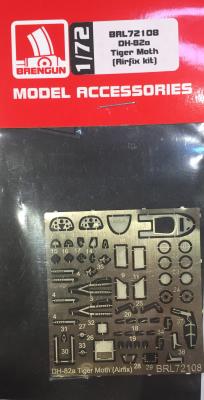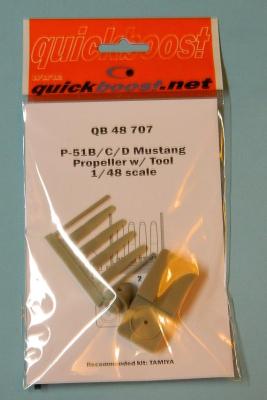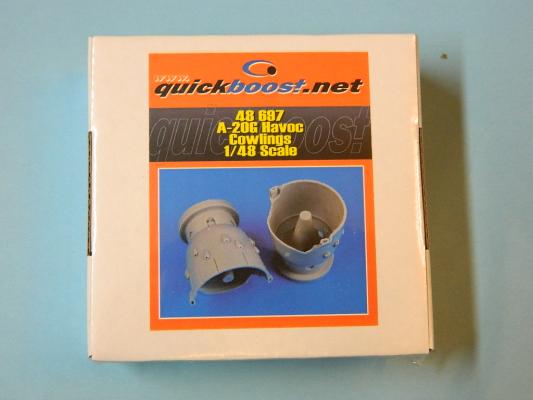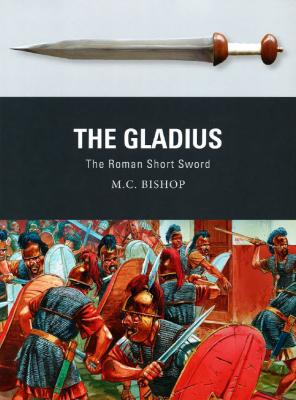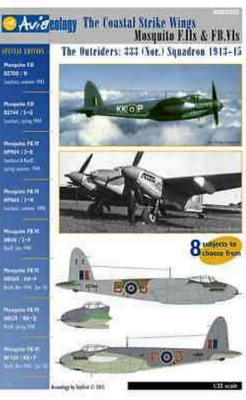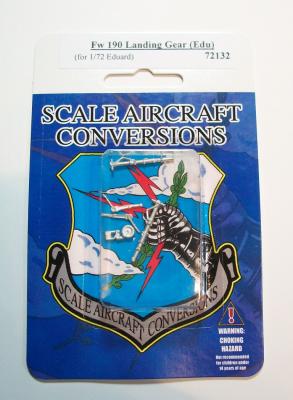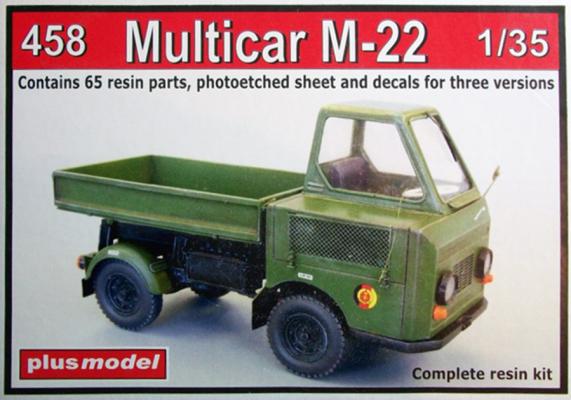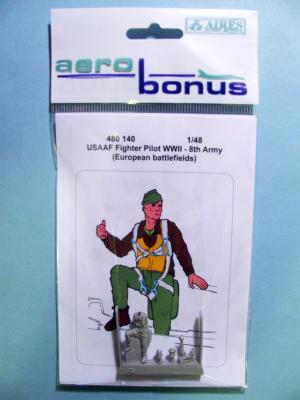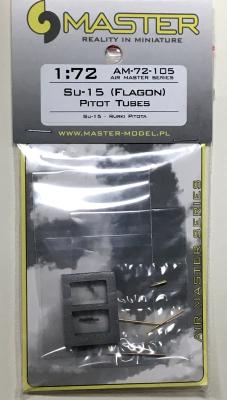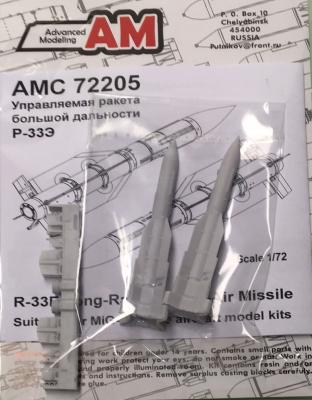Over the past few years Airfix has been turning out some stunning kits and thankfully the detail community has been stepping up to the plate to provide details for those new kits. No exception is the Czech company Brengun who has released a nifty detail set for the new tool Airfix DH.82a Tiger Moth series of kits.
What's New
THANK YOU to our friends and suppliers at Aires/Quickboost for this excellent improvement set for the Tamiya P-51 series! And thanks also to the reviewer corps leaders for making the set available to me to review.
This set takes the kit components and improves them in a major way. If you follow the Tamiya P-51 kit instructions, the kit prop blades are cemented to the spinner back half, then you cement the front half of the spinner to the back, trapping a poly-grommet in the spinner so you can press everything onto the front of the model at the end. It works, but there is a seam at the front of the spinner, and how to paint the whole thing comes into play. I have assembled the spinner and painted it and the props separately in the past; it worked, but the propellers are difficult to set at the proper angle using this method.
THANK YOU to our friends and suppliers at Aires/Quickboost (“QB”) for this excellent improvement set for the re-release by Italeri of the old AMT/ERTL A-20! And thanks also to the reviewer corps leaders for making them available to me to review!
This set takes the kit components and improves them by saving the modeler the trouble and frustration of trying to drill out all the radial exhausts on the A-20G series. The exhaust stubs on the kit parts are separate triangles of plastic as we would normally find from a mid-1990’s kit, remove and place on lightly-marked locating lines. Hmmm… and in each case, the exhausts are not drilled out. A great way to slash your fingers and test your patience.
Moving into the new century: 20 years later, the Italeria kit is the only game in town for a 1/48 A-20. QB not only provides hollowed-out exhausts, but have installed them for you so it’s a true drop-fit swap with vastly improved detail. Need I go further? (I must)
The Gladius by M. C. Bishop is his first book for Osprey Publishing and probably not his last (indeed his next book on the Roman heavy javelin is due to be released in May 2017). Mike has been writing since 1983 primarily on archaeology. As part of his interest in archaeology, he has become a prolific artist in black and white illustrations, some of which are found in this book. Many of his works are available or referenced on his web site, www.mcbishop.co.uk. He spends his free time doing freelance work in publishing (editing, typesetting, proofreading, etc.) and runs a considerable number of websites primarily devoted to the Roman military. Interestingly, in additions to being a model builder (Airfix), Mike Bishop has been flying in gliders since 2004.
Aviaeology describes themselves on their EBay store as producers of well researched books, decals, decals 'n docs sets, and docs primarily for scale aircraft model makers who work in 1/24, 1/32, 1/48, and 1/72 scales. This is a great description of Aviaeology as they produce first rate decals with exhaustive research and all geared towards modelers.
This set covers 333 Squadron of Mosquito F.II’s and FB.VI’s from 1943-45 and specifically covers 8 different airframes. They are:
This is a white metal landing gear set is to for the Eduard 1/72 Fw-190 series of aircraft.
The white metal parts are outstanding and are a great replacement for the already well-detailed kit parts. The parts include the main two struts and support struts plus the rear wheel assembly.
The parts are well cast. One part was slightly bent, probably due to shipping and was easily bent back. The parts were a perfect fit to the existing mount and were a dream to assemble.
I highly recommend these parts are a great addition to an already extremely well detailed kit.
Thanks go to Scale Aircraft Conversions for providing this set to review and IPMS USA for allowing me to review it for them.
Plus Model has provided another great resin kit of an East German cold war truck; the Multicar M-22. Used for all types of military cargo use, mainly on airfields across Eastern Europe by the Czech forces.
The detail quality is good in most areas. There minimal flash or other imperfections. Once removed from the mold base, the parts are ready to assemble. There was a very bad bow in the chassis which I managed to reduce a bit using hot water, but it is still a little visible in the final build.
The small parts are very delicate, and you must take extreme care when removing them from the mold base.
The Assembly is in 15 steps and is very quick and easy. The only issues encountered were the bow in the Chassis, as I mentioned previously, and the drive shaft was a little short, so I extended it. The steering shaft was also a little long so it needed to be reduced.
If you are looking to add a figure to your latest WWII fighter plane serving in the European theater, you may want to investigate the latest offering from the Aires Aerobonus line. The figure is posed climbing out of the cockpit of your plane of choice, with a thumb up to indicate a successful mission. With a little care in removing the parts from the pour plug, and some painting, this figure is an easy addition for most modelers to place in the plane of their creation.
This set provides a set of replacement pitot tubes for the Trumpeter Su-15 kits. The set includes the nose mounted pitot as well as the pitot mounted in the leading edge of the left wing. The set includes 5 brass parts and two resin parts. The brass parts provide the circular tubes of the pitots and the resin parts replicate the fine vanes and protrusions commonly seen on Soviet pitot tubes.
The packaging for the set is really well thought-out as the brass parts are in separate pockets of the plastic envelope from the resin parts and the resin parts are contained in a small foam square that is lined with good sticky tape on the back side to keep the resin parts from floating around, which is good as the resin parts are very delicate.
The R-33E missile is a long range air-to-air missile similar to the US Navy’s AIM-54 Phoenix. It is one of the primary weapons of the MiG-31 Foxhound and is believed to have been intended originally for use against the SR-71 Blackbird, the B-1B Lancer and other high-flying targets, but is capable of attacking other targets at long range as well. The MiG-31 can carry 4 R-33’s and its weapon’s system allows it to attack 4 separate targets at once with the R-33s.

